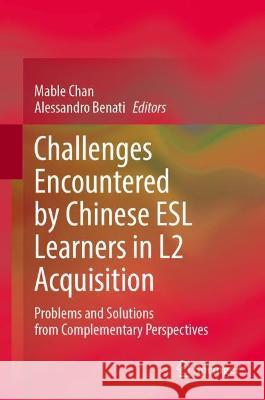Challenges Encountered by Chinese ESL Learners: Problems and Solutions from Complementary Perspectives » książka
topmenu
Challenges Encountered by Chinese ESL Learners: Problems and Solutions from Complementary Perspectives
ISBN-13: 9789811653315 / Angielski / Twarda / 2022
Challenges Encountered by Chinese ESL Learners: Problems and Solutions from Complementary Perspectives
ISBN-13: 9789811653315 / Angielski / Twarda / 2022
cena 645,58 zł
(netto: 614,84 VAT: 5%)
Najniższa cena z 30 dni: 578,30 zł
(netto: 614,84 VAT: 5%)
Najniższa cena z 30 dni: 578,30 zł
Termin realizacji zamówienia:
ok. 22 dni roboczych
Bez gwarancji dostawy przed świętami
ok. 22 dni roboczych
Bez gwarancji dostawy przed świętami
Darmowa dostawa!
Kategorie:
Kategorie BISAC:
Wydawca:
Springer
Język:
Angielski
ISBN-13:
9789811653315
Rok wydania:
2022
Wydanie:
2021
Oprawa:
Twarda
Wolumenów:
01
Dodatkowe informacje:
Wydanie ilustrowane











